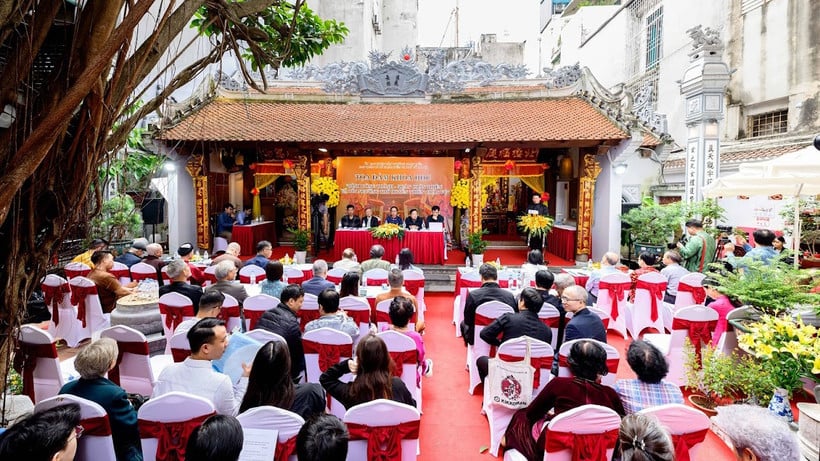
Towards the 20th anniversary of Vietnam Cultural Heritage Day (November 23, 2005 - November 23, 2025), the scientific discussion held over the weekend by the Hoan Kiem Lake and Hanoi Old Quarter Management Board in coordination with the Dong Thanh Communal House Relic Management Subcommittee contributed to clarifying the origin, values and adaptation of the Huyen Thien Chan Vu belief in Vietnamese culture, while also clarifying the special role of Dong Thanh Communal House - Chan Thien Temple in the urban cultural flow of Thang Long - Hanoi.
The scientific seminar entitled “Dong Thanh Communal House – Chan Thien Temple with the worship of Huyen Thien Chan Vu”, attracted the participation of many professors, doctors, and prestigious researchers in the field of Han Nom, history and cultural heritage such as Professor, Doctor Dinh Khac Thuan (Tran Nhan Tong Institute), Associate Professor, Doctor Nguyen Ta Nhi (Han Nom Research Institute), Doctor Dinh Thanh Hieu, Doctor Le Phuong Duy, researcher Nguyen Hung Vi, researcher Nguyen Duc Dung (Department of Cultural Heritage, Ministry of Culture, Sports and Tourism) and local representative Mr. Nguyen Duc Tien, Head of the Relic Management Subcommittee, and Custodian of Dong Thanh Communal House.
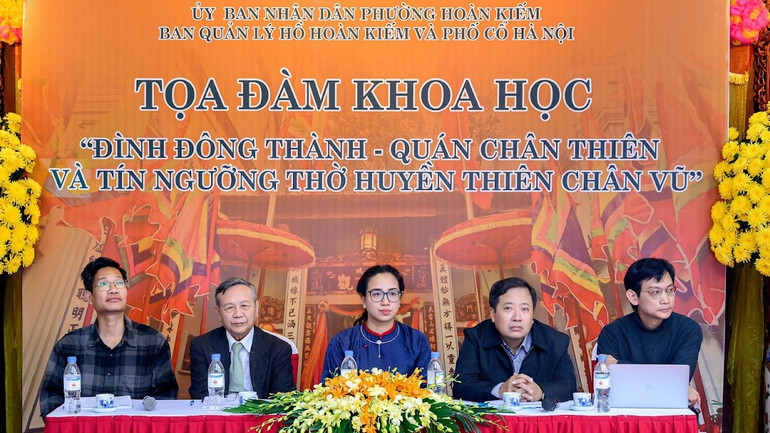
From the presented papers, many scholars agree that the belief in worshiping Huyen Thien Chan Vu originated from the concept of worshiping stars in ancient Chinese culture, symbolized as a god guarding the north, symbolizing the power of water - the element of Water - and the purification and exorcism. When introduced to Vietnam, this belief was accepted and Vietnamized, especially since the Ly Dynasty, associated with the legend of the god Chan Vu guarding the capital Thang Long, protecting the country's peace and prosperity.
The attention of feudal dynasties through the construction of shrines, the issuance of royal decrees, the creation of literature, and the organization of ceremonies has helped this belief to deeply integrate into the spiritual life of the Vietnamese people. Professor, Dr. Dinh Khac Thuan believes that this is one of the beliefs that clearly demonstrates the idea of harmony between Taoism and folk beliefs, creating the sustainable vitality of Vietnamese culture through the ages.
Meanwhile, Associate Professor, Dr. Nguyen Ta Nhi (Institute of Han Nom Studies) analyzed a series of ancient documents showing the spread and flexible transformation of Huyen Thien Chan Vu beliefs, from the royal court to the folk, reflecting the cultural exchange between Vietnam and China but still carrying the distinct nuances of the Vietnamese people in honoring the national guardian gods.
Regarding Dong Thanh Communal House – Chan Thien Temple, researchers assess this as a particularly rare relic that still preserves a system of Han Nom documents, royal decrees and ancient administrative documents of high value. The relic worships Huyen Thien Chan Vu Thuong De and Dang Canh Thanh Hoang in parallel, demonstrating the harmony between Taoist beliefs and Thanh Hoang beliefs – a characteristic of Thang Long culture.
Through the exploitation of sources such as the “Ha Thanh Than Sac” (1909) and the local relic inventory, scholars have clarified the history of worship, the times of conferring royal titles, and the sacrificial rituals maintained over the centuries. Researcher Nguyen Duc Dung (Department of Cultural Heritage, Ministry of Culture, Sports and Tourism ) emphasized that “the adjustment and unification of the worship system at the relic not only has religious significance but also scientific value – contributing to building a solid foundation for the work of preserving, restoring and promoting heritage values in the current urban context”.
Notably, Dr. Le Phuong Duy's team proposed digitizing Han Nom data, creating digital heritage maps and developing interactive media products, helping to connect relics with cultural tourism and community education, opening up a new approach in management and conservation.
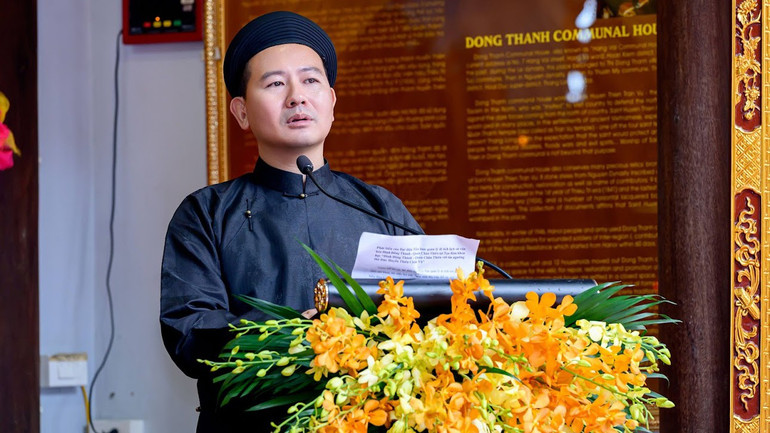
Speaking at the seminar, Mr. Nguyen Duc Tien - Head of the Relic Management Subcommittee, and Custodian of Dong Thanh Communal House - shared: "Dong Thanh Communal House is not only a sacred place of worship, but also a living cultural space of the ancient town community. We hope that the spiritual, ethical and humane values here will continue to spread in today's life."
Opinions also emphasized the role of the local community, who have directly preserved the relic through many generations. It is the consensus, voluntariness and awareness of the people that have helped Dong Thanh Communal House maintain the vitality of a “living heritage” – where the past and present blend in every rhythm of life.
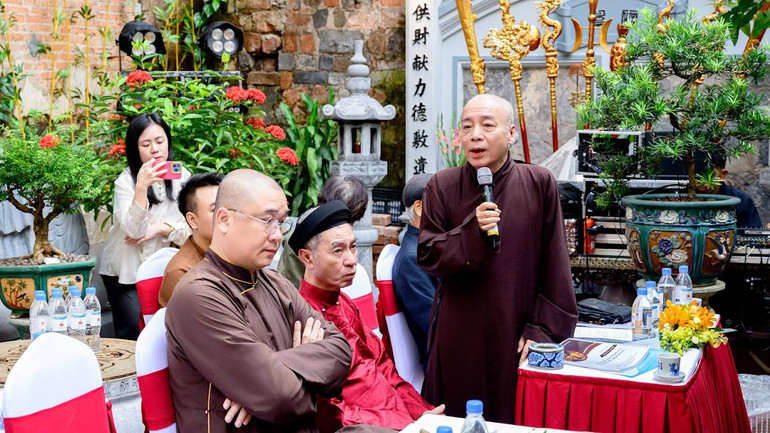
The representative of the Management Board of Hoan Kiem Lake and Hanoi Old Quarter affirmed that the discussion is not only a scientific event but also a practical action to connect research-management-community, towards a sustainable conservation model. Today's research results will be an important basis for the work of adjusting, restoring and exploiting the value of the relic in the future, contributing to affirming Dong Thanh Communal House - Chan Thien Quan as a "cultural nucleus" in the heritage space of Hanoi Old Quarter.
The discussion ended with a deep impression of academic spirit, social responsibility and love for heritage. From the ancient documents that were opened up, the passionate opinions that were shared, Dinh Dong Thanh - Quan Chan Thien continued to affirm its position as a living testament of the history of Thang Long - Hanoi, where the source of national culture still flows steadily through the centuries, in the heart of a modern city that is changing every day.
Source: https://nhandan.vn/bao-ton-ngoi-dinh-co-200-nam-va-tin-nguong-tho-duc-huyen-thien-chan-vu-giua-long-pho-co-ha-noi-post918218.html


![[Photo] Enjoy the Liuyang Fireworks Festival in Hunan, China](https://vphoto.vietnam.vn/thumb/1200x675/vietnam/resource/IMAGE/2025/10/26/1761463428882_ndo_br_02-1-my-1-jpg.webp)



![[Photo] Nhan Dan Newspaper displays and solicits comments on the Draft Documents of the 14th National Party Congress](https://vphoto.vietnam.vn/thumb/1200x675/vietnam/resource/IMAGE/2025/10/26/1761470328996_ndo_br_bao-long-171-8916-jpg.webp)

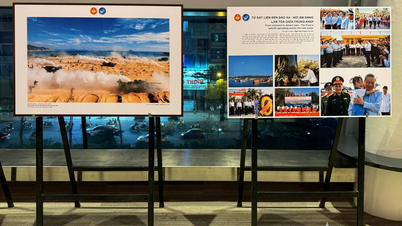

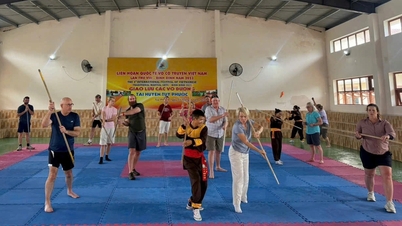

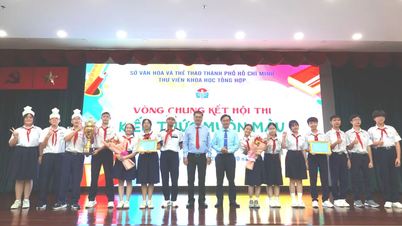

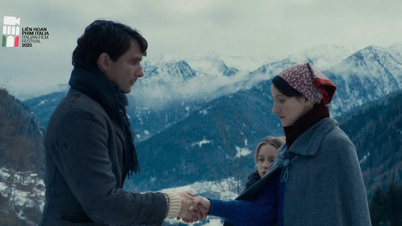
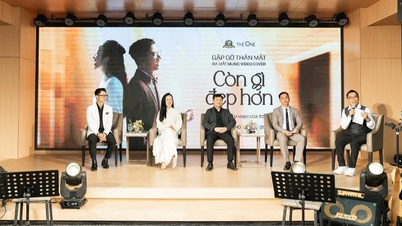






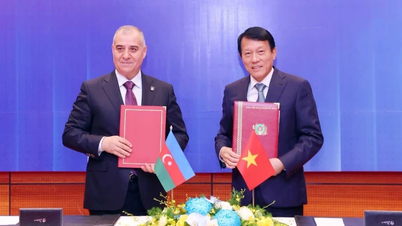
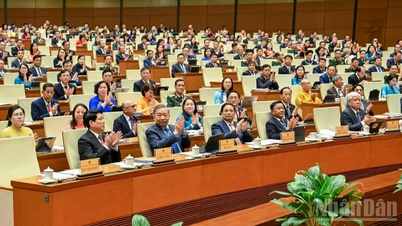
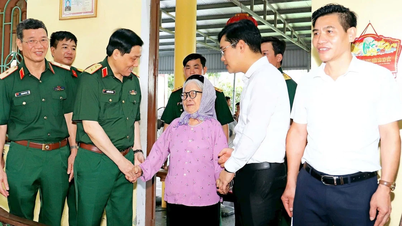
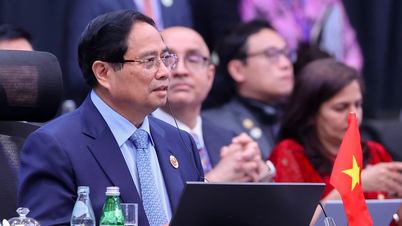
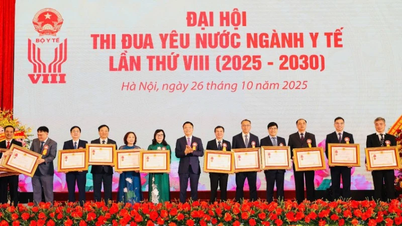

![[Photo] Prime Minister Pham Minh Chinh attends the opening of the 47th ASEAN Summit](https://vphoto.vietnam.vn/thumb/1200x675/vietnam/resource/IMAGE/2025/10/26/1761452925332_c2a-jpg.webp)
![[Photo] General Secretary To Lam received the delegation attending the international conference on Vietnam studies](https://vphoto.vietnam.vn/thumb/1200x675/vietnam/resource/IMAGE/2025/10/26/1761456527874_a1-bnd-5260-7947-jpg.webp)
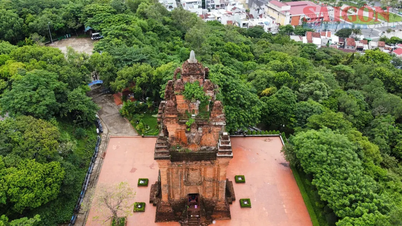





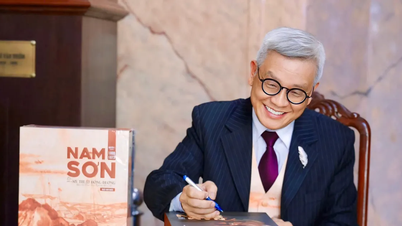




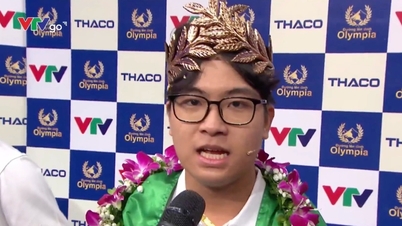

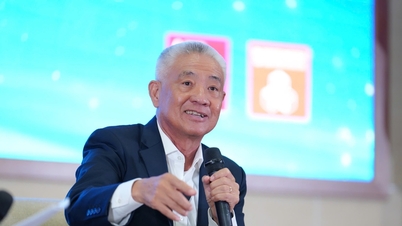
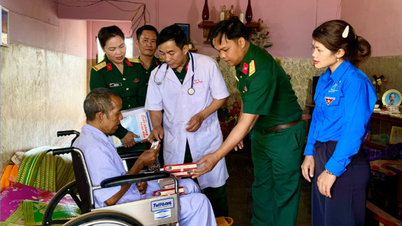

















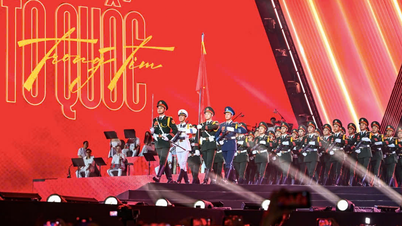

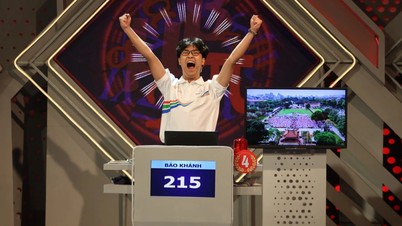
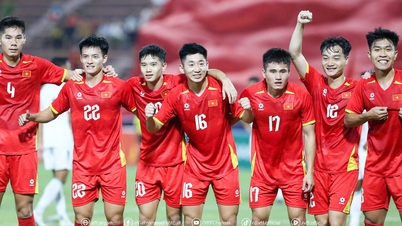
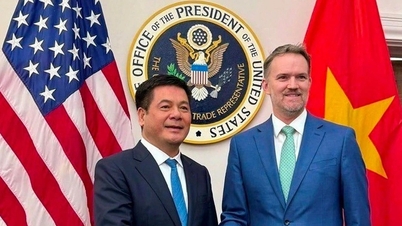
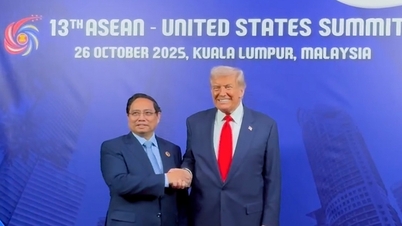
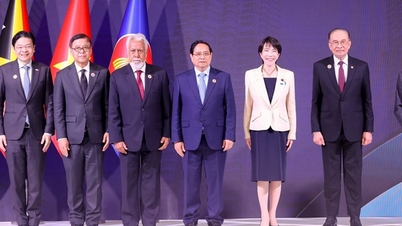

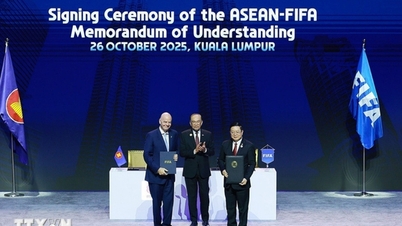

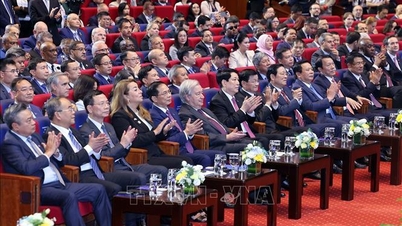

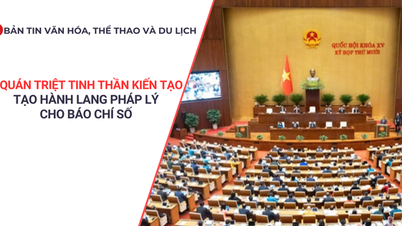
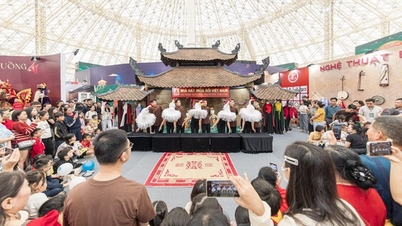


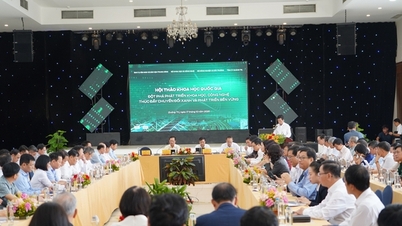
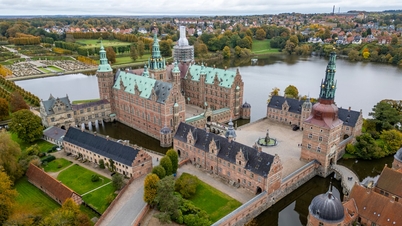





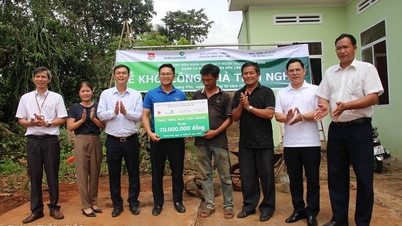



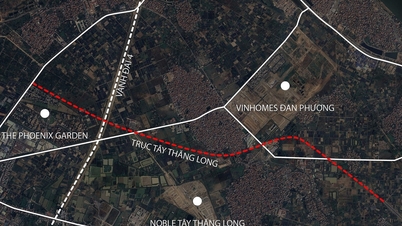













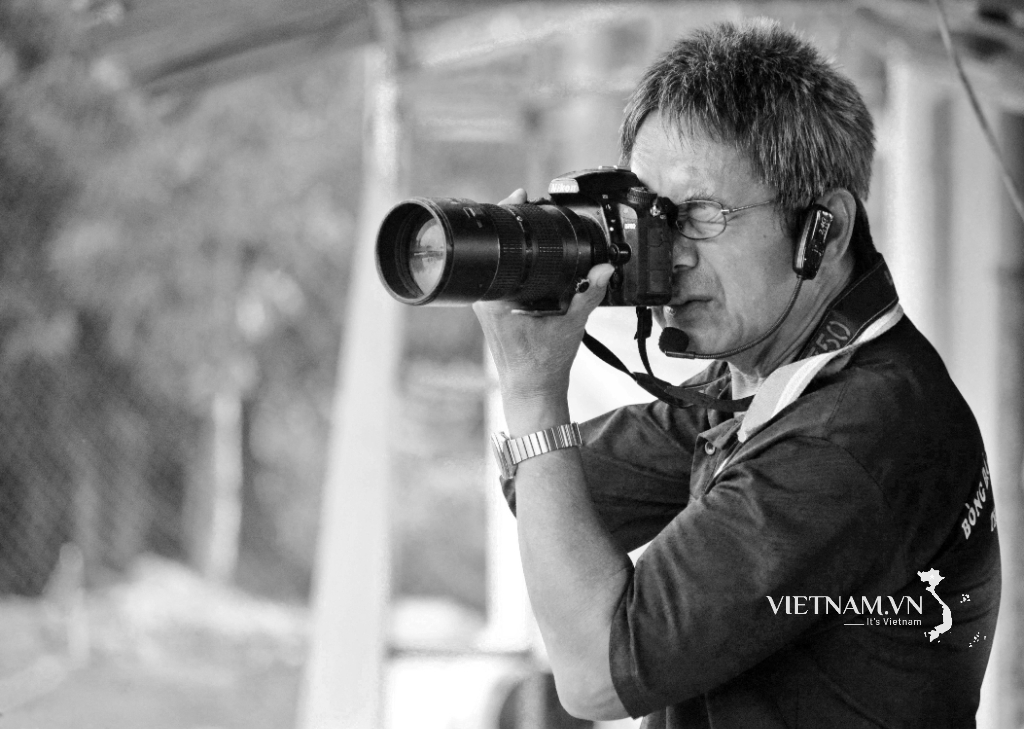


Comment (0)